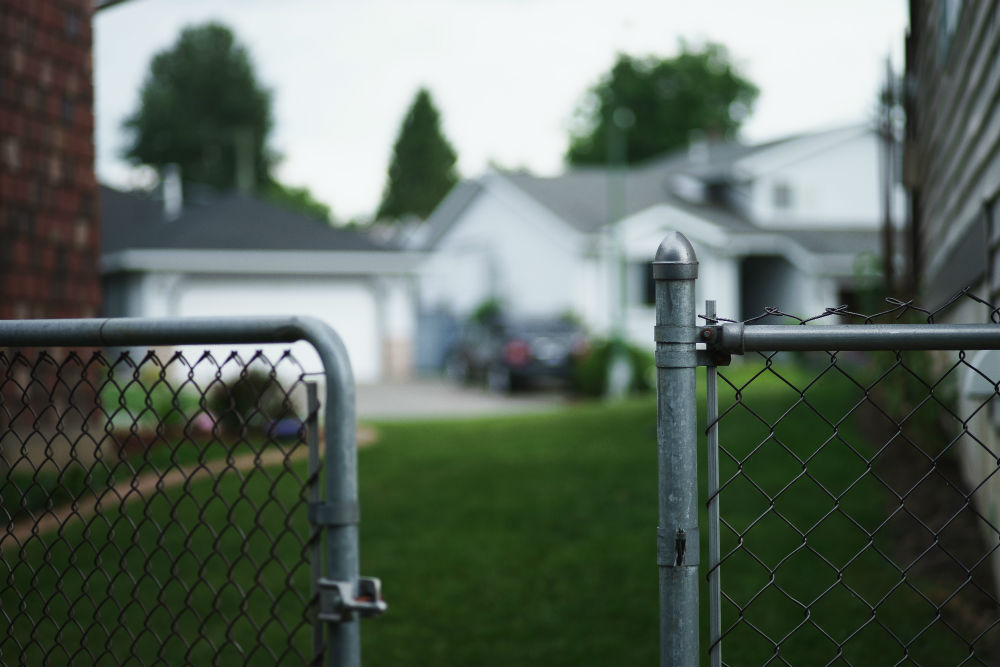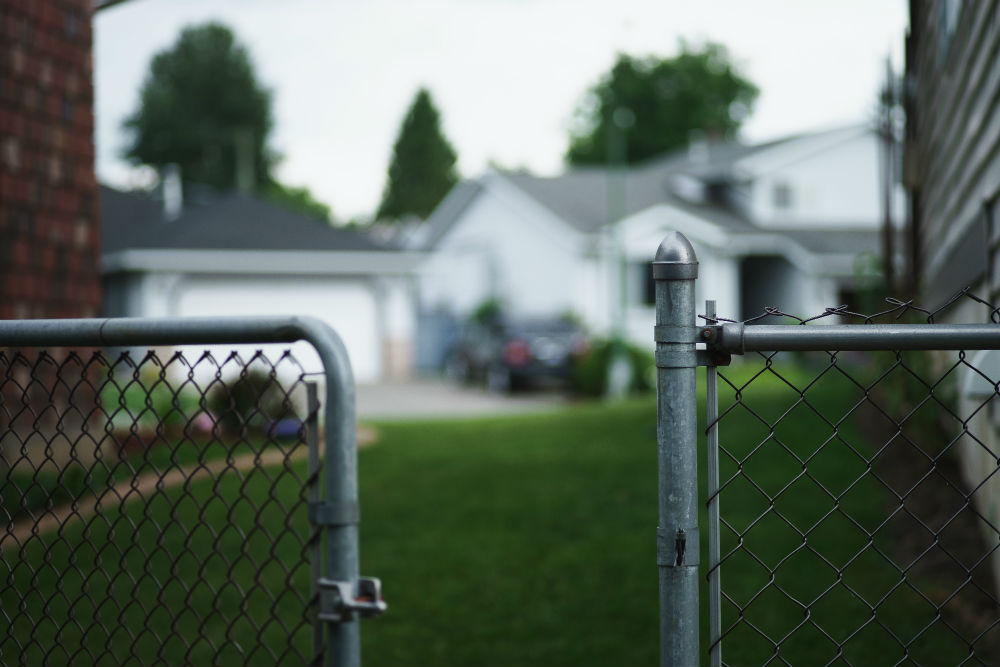
Gone green with your grocery shopping? Got a nice little grow of vegetables on the go? Great! You’re a true eco-warrior. Now that your home is the ultimate example of green living, it’s time to get together with your neighbors to create a sustainable, resource-light neighborhood. Here are ten top tips for a planet loving local community.
1. Makeover a forgotten strip of land
The next time you travel through your local area, open your eyes and take a look around for a worthy area of land that could benefit from your green fingers. A community garden is also a great way to get people talking about what more can be done around the region for an ever greener community.
2. Go beyond the greenery – to keep community livestock
Why stop at growing vegetables or flowers in a community space? Why not be more ambitious and go for broke by rearing livestock? You can start small with a neighborhood chicken coop – just as a community in Seattle did. They began with just two local families who collected $500 towards their efforts and put a post on a local forum asking for materials and advice.
3. Start a carpool
If you have to drive to work – or know that your colleagues do, why not begin a carpool? This simple change can make for a big difference, as every day Americans travel some 166 million miles – if we could travel in cars with two people, there would be a saving of some 27.3 million kilograms of carbon emissions (Travel Behavior).
As you become better connected to like-minded eco-saints in your neighborhood, you could even spread the word of the successes you’ve achieved with the scheme.
If you’d like to go a step further, why not consider car sharing. Given that the average US household spends as much as $900 per month on car finance, maintenance, and insurance, you could easily save up enough to begin your very own urban farm!
4. Have an overflowing compost with plentiful soil? Do share
Many green-minded people have a compost heap – and yet the soil that it produces can often prove difficult to use when you have but a single backyard. If you’re struggling to shift your soil, why not post on an online message board or seek out a website such as Urban Garden Share, which matches homeowners with those in need of crops, seeds, and soil.
5. Look out for the lost fruit of your neighborhood trees
Season after season, the fruit trees around your neighborhood are busy growing and shedding their fruit – all going undetected and unappreciated. This fruit goes to waste – left to rot on the ground, whilst the local shop is likely stocked up on fruit that has been flown halfway across the world. Several groups are now determined to tackle this problem – groups of individuals who get together to map out the various trees and the time they should be harvested – they then draw up a rota to collect the fruit.
The fallenfruit.org website displays a world of public fruit trees, serving as a great place to start, although it only includes certain cities.
6. Shop locally
One of the simplest steps you can take to become a more effective eco-community member is to shop locally – rather than travel out of the locality searching for the bright, energy-sapping lights of thousand square foot malls. This not only saves on car fumes, but it also ensures that your local businesses are supported – great news all around! If you need a shop that sells a certain product, check out Local Harvest.
7. Stay up-to-date with local news
Local news can be an essential source of information for nearby initiatives that are either working toward the cause or that are soon to damage your efforts. There are also online organizations that provide a central point of guidance for greener communities, such as Environmental Community Action.
8. Promote your efforts in the local press
Local newspapers love a feel-good story – and the topic of eco-friendliness has never been of more interest than it has right now. So, whatever you decide to do in your local community, be sure to contact the local media. Hopefully, the attention will help to get more people involved in the cause.
9. Motivate others with a little (friendly) rivalry
It’s a great feeling when the local community bandies together for a better, greener neighborhood. However, that’s not to say that a little friendly rivalry can’t help get more people involved – even those in the next town, city, or state. So why not take your eco-efforts beyond your region – and challenge the next locality for a head-to-head to be crowned the greenest! Get local politicians and figureheads involved, contact the press, and create a real buzz around the showdown.
10. Arrange a local litter pick
With a frightening 250 million tonnes of trash generated annually, Americans spend $11.5 billion in taxes to clean litter (Litter It Costs You). Unfortunately, local services can struggle to keep neighborhoods as clean as they should be – and you likely know of at least one or two hotspots for litter in your community. These spaces can often be the most beautiful places – parks, woodlands, and open landscapes can all suffer from litter collection. Tackle this issue by getting together with your local community for a group litter pick – if a large enough team is formed, split off into two or even three groups to cover more ground, working your way inwards to a local meet point for a get-together afterward.
Let us know how you and your neighbors get on using the tips above to make your area a greener, healthier, and more positive place to live in. Have your own ideas? Then share them with our readers using the comment section below.
Last update of the article: 01/30/2021
If you have to resist any questions, please contact us!

About the Author
Jen is your go-to guru for crafting a cozy, green cocoon. 🪴 Her dive into sustainable building wasn’t just about saving the planet—it started as a mission to make family movie nights eco-friendly (and to ensure the popcorn was the only thing getting heated!). With a knack for breaking down the jargon, Jen turns eco-lingo into everyday language. Swing by the Green Living blog for a mix of earth-loving advice and home improvement hacks. Whether you’re just dipping your toes into green waters or you’ve been swimming in the deep end of DIY projects, Jen’s here to guide, giggle, and remind you that every eco-choice is a step towards a planet that thanks you… and maybe even sends a rainbow your way! 🌈

